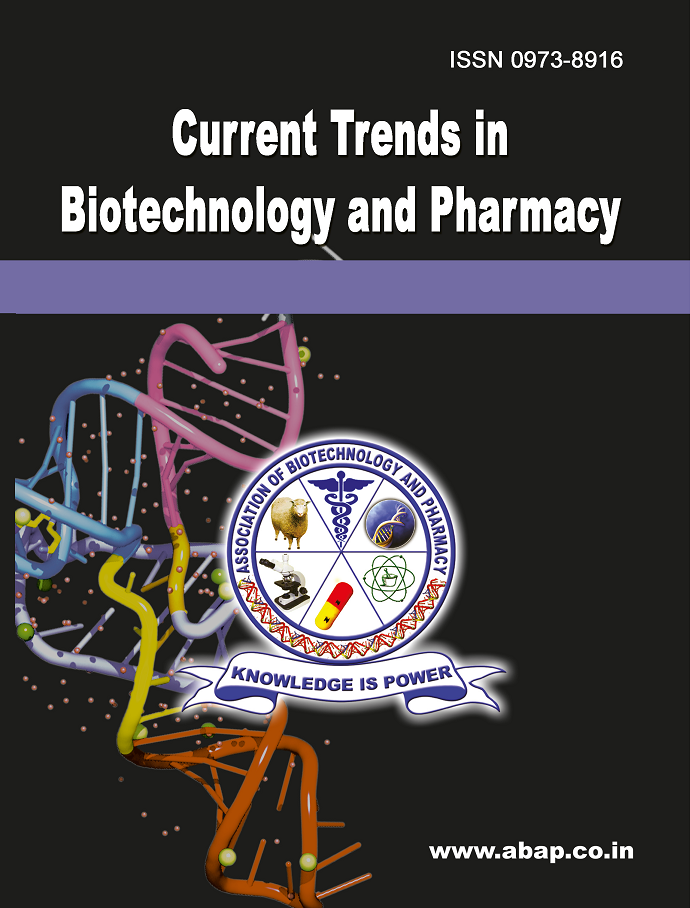A Antioxidant And Anti-Inflammatory Properties of Annona Squamosa L.: A Review
DOI:
https://doi.org/10.5530/ctbp.2024.3s.5Keywords:
Annona Squamosa L, Sugar Apple, Antioxidant, Anti-InflammatoryAbstract
Annona Squamosa L. (Sugar Apple) belongs to the family of Annonaceae and it is a tropical and native species of Bahamas, Bermuda, Brazil, Central America, Ecuador, Egypt, India, Mexico, Peru, South America, and West India. Different parts of Annona Squamosa L. have been studied throughout the years for its benefits in health, medicinal and traditional uses related to the composition of various chemical compounds present in the sugar apple. The antioxidant and anti-inflammatory properties of Annona Squamosa L. have been researched in various research and studies for its effectiveness in treating ailments and illnesses through in vitro and in vivo assessment.
![(a) Sugar Apple (Annona Squamosa L.) Tree [42]; (b) Fruit; (c) Leaves; (d) Seeds; (e) Bark; (f) Flower [7] constituents existing in the fruits of Annona Squamosa L. (Figure 1b) are noorcorydine, isocorydine, liriodenine, and norushinsunine. Annona Squamosa L. leaves (Figure 1c) are rich in alkaloid compounds such as aporphine, roemerine, rhamnoside, norisocoryline, and quercetin-3 o-glucoside. The bark of Annona Squamosa L. (Figure 1e) contains acetogenins. For example, squamone, squammotacin, annosquamosins A, B cyclopeptides, and 2, 4 cis and trans squamoxinone. The chemical compounds that available in the seeds of Annona Squamosa L. (Figure 1d) are annonastatin, asimicin, and squamocin.](https://abap.co.in/public/journals/1/article_1557_cover_en_US.png)


